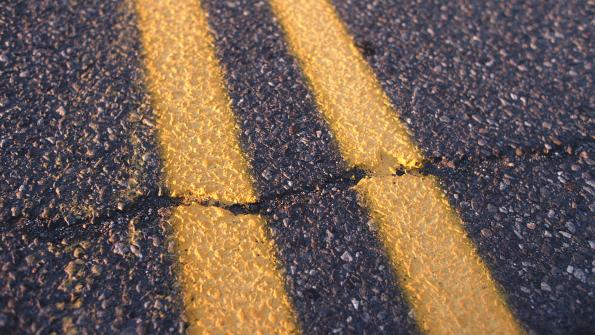Roundabouts safer, cheaper than traditional intersections
Roundabouts, circular intersections where drivers travel counterclockwise around a center island, have no traffic signals or stop signs. Instead, drivers yield at entry and exit at the desired street. Though less common than signal light and stop sign counterparts, roundabout intersections are safer than lights and signs, and less expensive to maintain, according to a report by the Washington State Department of Transportation (WSDOT).
Citing a study released by the Insurance Institute for Highway Safety (IIHS), the WSDOT says roundabouts typically reduce injury crashes by 75 percent at intersections where stop signs or signals were previously used. The WSDOT says roundabouts deliver:
- a 37 percent reduction in overall collisions,
- a 90 percent reduction in fatality collisions and
- a 40 percent reduction in pedestrian collisions.
According to the WSDOT, the reasons for the reduction of serious collisions at roundabouts are three-fold.
Travel speeds are low in a roundabout. Drivers must slow down and yield to traffic before entering a roundabout. Speeds in a roundabout are typically 15 to 20 mph. Because of this, the few collisions that occur in roundabouts are typically minor.
A roundabout has no light to beat. Roundabout intersections are designed to promote a continuous, circular flow of traffic. Since traffic never stops in a roundabout, drivers have no incentive to speed up to “beat the light,” as they might in a traditional intersection.
Traffic only flows one way through a roundabout. Roads leading into a roundabout are gently curved to direct drivers to travel counterclockwise through the intersection. The curve in the road and single direction of travel eliminate the possibility for a T-bone or head-on collision.
According to WSDOT materials, drivers are hesitant to when it comes to using roundabouts; however, after using one, the number of drivers who favor them more than doubles. The IIHS study found that, before construction, the number of drivers in favor of a roundabout was 31 percent, with 41 percent strongly opposed. After driving on the roundabout, 63 percent were in favor with 15 percent strongly opposed.
The WSDOT reports that after installing a roundabout, delays at an intersection can be reduced by 50 percent or more, fuel consumption can be reduced by up to 30 percent and with no traffic signal upkeep, a roundabout intersection can save up to $5,000 per year in maintenance costs.





















Interesting points made, but
Interesting points made, but I think they’re fun. I prefer them to
the conventional intersection. But sometimes the conventional
can’t be avoided as it is the only logical traffic design feasible in
some locations. For others the roundabout (or traffic circle as
they are sometimes called here) is a viable alternative. This area
has, within the past few years, installed a number of them and
my one criticism is the diameters of some could be a bit larger.
In Encinitas, in that part of
In Encinitas, in that part of our town known as Leaucadia, at the City’s northwestern limits, it is UNWISE to install four one lane roundabouts alongside the railroad tracks, on Historic Highway 101. These four one-lane roundabouts are NOT to replace intersections with traffic signals or stop signs for northbound/southbound traffic on the highway. They are not needed nor wanted to slow traffic down, which has already been reduced to 35 MPH on Pacific Coast Highway.
Residents adjacent to the proposed roundabouts, are not happy with these being forced on us by special interests who have insider influence with Council. The U.S. Dept. of Transportation, does not recommend roundabouts alongside RR tracks, or where cross street traffic is significantly less than the main arterial. There is NO cross street traffic, only traffic merging onto the highway from streets west of 101, or going northbound/southbound, on the highway.
These 4 one-lane roundabouts will essentially turn a four lane highway into two lanes, negatively impacting access and egress to beach accesses, creating health and safety issues with more cut through traffic, including on Neptune, which runs along the bluffs, and which is also a primary recreational use road, one-way, northbound. Also, already subpar emergency response times would be further slowed should four one-lane roundabouts be installed, disregarding the majority of adjacent residents’ , business owners’, and local commuters wishes and best interests.
Too often roundabouts are used by developers as a tool to get “negative environmental impact reports,” for planned development. Once installed, intersections that contain these allegedly “traffic calming” devices, no longer have to be graded as to projected traffic impacts. However, reducing our highway by two lanes will create choke points, gridlock, back-up, and will NOT, in fact, be “traffic calming,” but the reverse. More collisions have occurred in Encinitas at the three intersections where roundabouts are installed, now, than were documented, before.
A lane elimination was already illegally phased in, on a primary circulation element, within the Coastal Zone, which constitutes piecemeal development. The City of Encinitas has violated Coastal Act Law by not first processing a required Local Coastal Program Amendment and perfecting a Coastal Development Permit, completing the process of design review, already initiated in 2010.